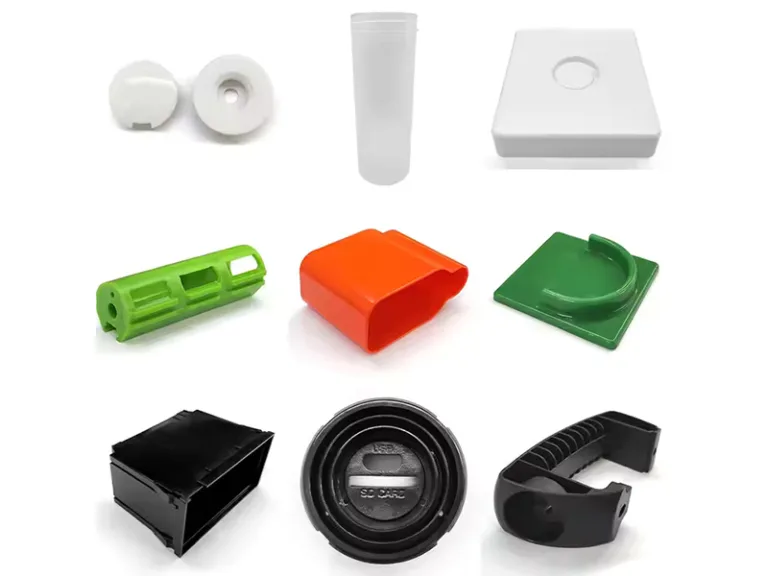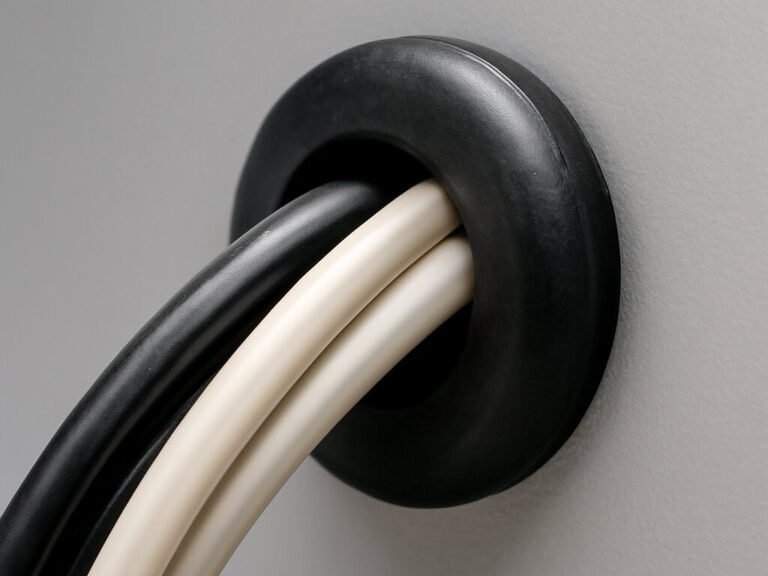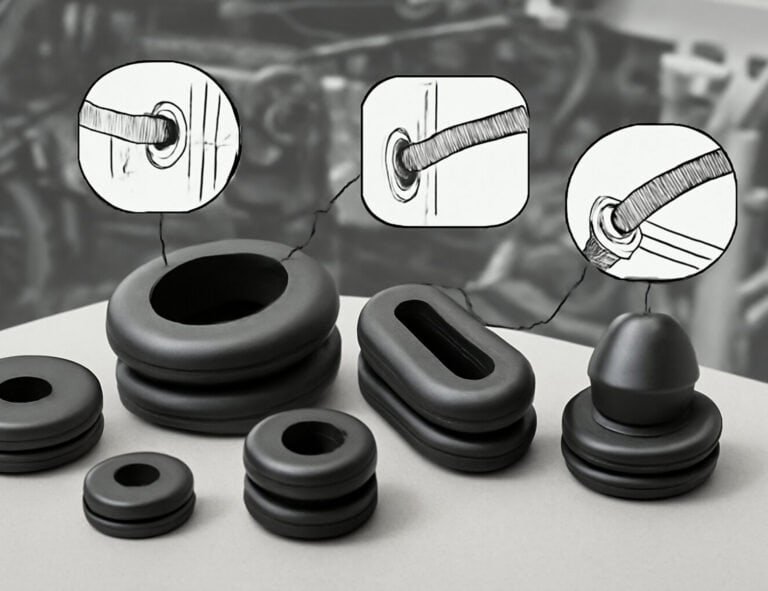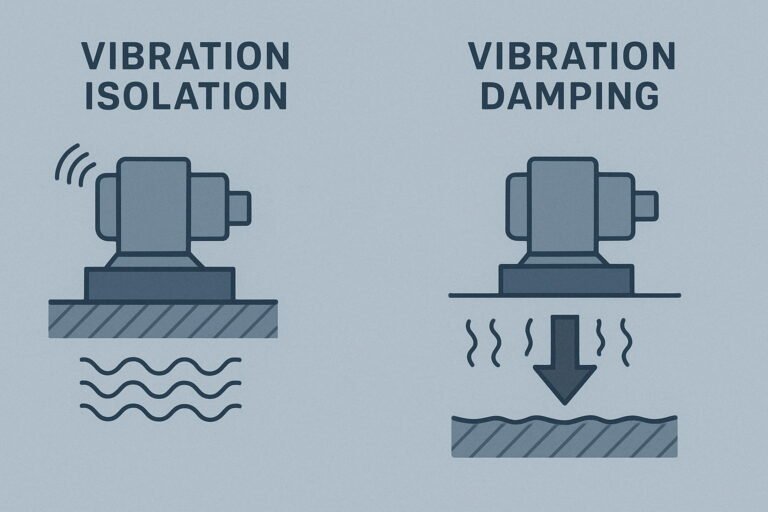Selecting the right enclosure material is a critical decision in product design. Enclosures not only protect sensitive electronics and mechanical components from environmental hazards but also play a key role in product durability, performance, and overall cost. With various materials available, from plastics to metals, understanding their properties and trade-offs is essential for making the right choice. For many applications, opting for a custom plastic enclosure provides an ideal balance of protection, lightweight construction, and cost-effectiveness, while also offering flexibility in design features such as size, shape, and finishes.
Why Enclosure Material Matters?
The enclosure is more than just a box; the material you choose directly affects how well it performs in real-world conditions. A suitable enclosure material provides reliable environmental protection against dust, moisture, UV exposure, and harsh chemicals, while also ensuring electrical safety through proper insulation or, in some cases, shielding against EMI and RFI. It contributes to mechanical strength by withstanding vibration, impacts, and extreme temperatures, and it influences cost and manufacturing efficiency through factors like tooling requirements, processing methods, and scalability. Beyond functionality, the right material also shapes the product’s overall look and feel, offering options for lightweight construction, transparency, or customized finishes that enhance both aesthetics and ergonomics.
Common Types of Enclosure Materials
1. ABS Plastic
- Properties: lightweight, cost-effective, excellent electrical insulation, easy to mold.
- Limitations: moderate UV and heat resistance, not ideal for prolonged outdoor exposure.
- Applications: indoor electronics, consumer products, low-cost enclosures.
2. Polycarbonate (PC)
- Properties: high impact strength, transparent options, good heat and UV resistance.
- Limitations: more expensive than ABS, scratches more easily.
- Applications: outdoor lighting, protective housings, wireless device enclosures.
3. ASA + PC Blends
- Properties: combines the toughness of PC with ASA’s superior weather and UV resistance.
- Applications: outdoor enclosures, EV charging stations, telecommunications equipment.
4. Fiberglass Reinforced Polyester (FRP)
- Properties: excellent corrosion resistance, wide operating temperature range, rigid and strong.
- Limitations: heavier than thermoplastics, less aesthetic flexibility.
- Applications: harsh industrial environments, chemical plants, agricultural equipment.
5. Aluminum
- Properties: lightweight, corrosion-resistant, excellent heat dissipation, natural EMI/RFI shielding.
- Limitations: conductive, may require extra insulation, higher material cost.
- Applications: industrial control boxes, RF devices, rugged outdoor systems.
6. Stainless Steel (304/316)
- Properties: extremely durable, high corrosion resistance, hygienic and easy to clean.
- Limitations: heavy, costly, harder to modify than plastics.
- Applications: medical equipment, food processing, marine or washdown environments.
Enclosure Material and Protection Standards
When selecting enclosure materials, it is important to align with IP (Ingress Protection) and NEMA standards:
- ABS/PC Plastics: commonly rated IP54–IP65, suitable for general indoor/outdoor use.
- ASA + PC Blends and FRP: can achieve IP66–IP67, with strong UV and chemical resistance for outdoor environments.
- Aluminum and Stainless Steel: meet higher NEMA ratings (NEMA 4X, NEMA 6), ideal for washdown or marine conditions.
By matching material properties with protection standards, you ensure enclosures meet both safety and regulatory requirements.
Design and Manufacturing Considerations
Choosing the right enclosure material also depends on the manufacturing process:
Injection Molding: ideal for mass production, offers complex geometries, smooth finishes, and color options.
CNC Machining: suited for prototypes, low volumes, and enclosures requiring precision tolerances.
Composite Molding: preferred for large or heavy-duty enclosures in industrial settings.
Designers should also consider factors such as wall thickness, thermal management, ease of assembly, and whether EMI shielding is required.
Applications Across Industries
Consumer Electronics: ABS and PC enclosures offer lightweight protection and sleek designs.
Automotive and EV: ASA+PC blends protect vehicle sensors, lighting, and charging systems from UV and weather.
Medical Devices: Stainless steel and high-grade plastics ensure hygiene and durability.
Industrial Equipment: FRP and aluminum provide rugged protection in corrosive and high-temperature environments.
Telecommunications & Wireless: Non-metallic enclosures allow signal transmission while shielding from dust and moisture.
Conclusion
The right enclosure material depends on where and how the product will be used. Plastics like ABS and PC offer cost-effective, lightweight solutions for most electronics, while ASA blends and FRP excel outdoors. Metals like aluminum and stainless steel are unmatched in durability, EMI shielding, and industrial protection.




